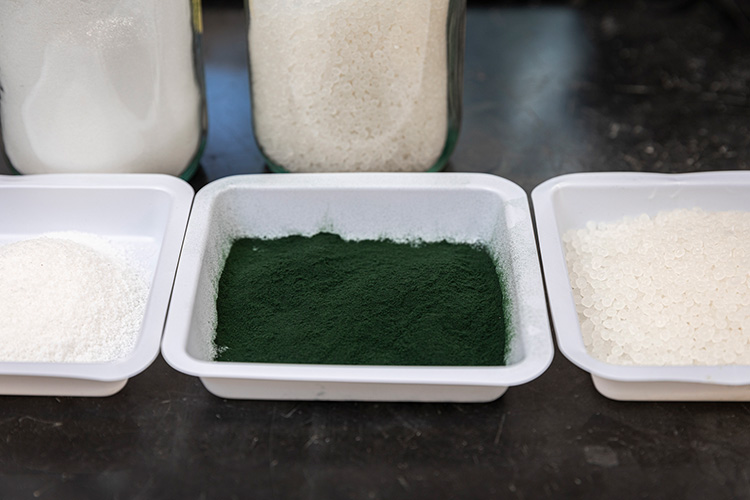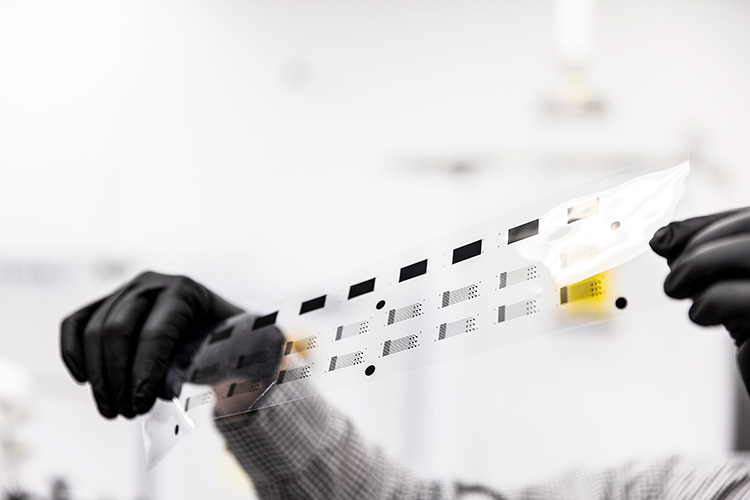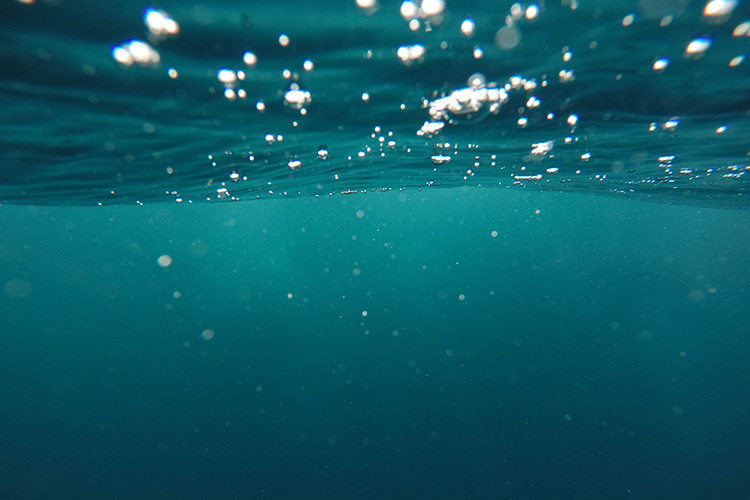Addressing the climate crisis
Learn how the UW Engineering community is taking action through research, teaching and collaboration.
Every day we experience more impacts of climate change. It is reshaping lives, communities and ecosystems locally and across the globe.
As UW President Ana Mari Cauce stated recently, addressing climate change is vital to the health and prosperity of everyone. Across the College of Engineering, faculty, students and staff are taking action through research, teaching and collaboration. Here we highlight some of their activities. Join us in our commitment to engineering for the public good.
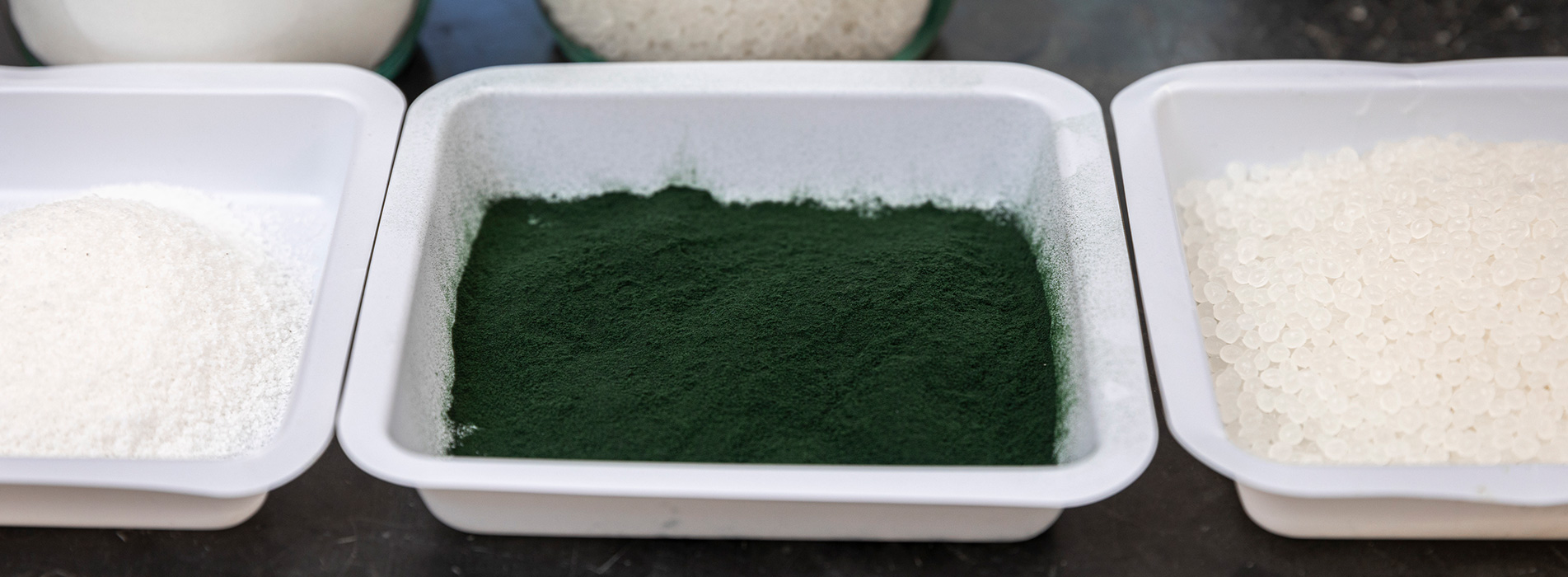
Powdered spirulina cells (green powder in the middle container). Photo: Mark Stone / University of Washington
Bioplastics that can be composted
We use plastics in almost every aspect of our lives. These materials are cheap to make and incredibly stable. The problem comes when we’re done using something plastic — it can persist in the environment for years. Over time, plastic will break down into smaller fragments, called microplastics, that can pose significant environmental and health concerns.
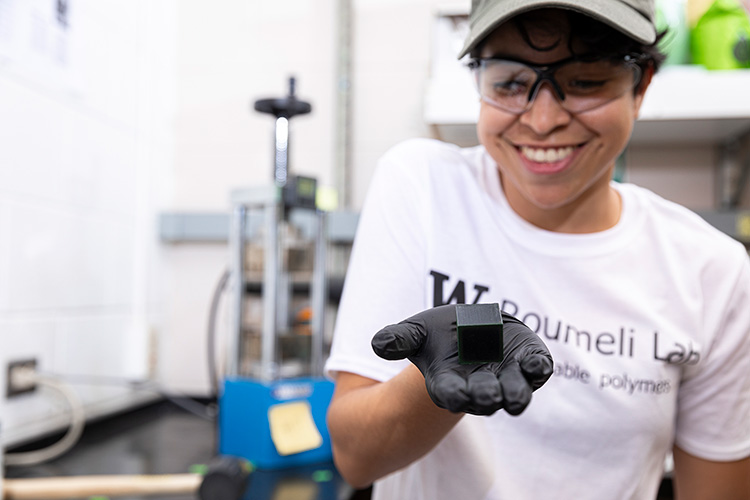
Now, a UW-led research team has developed new bioplastics that degrade on the same timescale as a banana peel in a backyard compost bin. These bioplastics are made entirely from powdered blue-green cyanobacteria cells, known as spirulina. The UW team’s bioplastics have mechanical properties that are comparable to single-use, petroleum-derived plastics.
“We were motivated to create bioplastics that are both bio-derived and biodegradable in our backyards, while also being processable, scalable and recyclable,” says Eleftheria Roumeli, an assistant professor of materials science and engineering. “The bioplastics we have developed, using only spirulina, not only have a degradation profile similar to organic waste, but also are on average 10 times stronger and stiffer than previously reported spirulina bioplastics. These properties open up new possibilities for the practical application of spirulina-based plastics in various industries, including disposable food packaging or household plastics, such as bottles or trays.”

Rice grows in flooded fields called paddies, which generate large amounts of methane. Image: Joel Vodell / Unsplash
Slowing global warming by removing methane from the air
Industrial sites like landfills, rice paddies, feedlots, composting facilities, sewage treatment plants, coal mines and more release methane into the atmosphere. This has a big impact on the earth: As the second leading contributor to global warming, methane warms the earth at a rate more than 80 times higher than carbon dioxide.
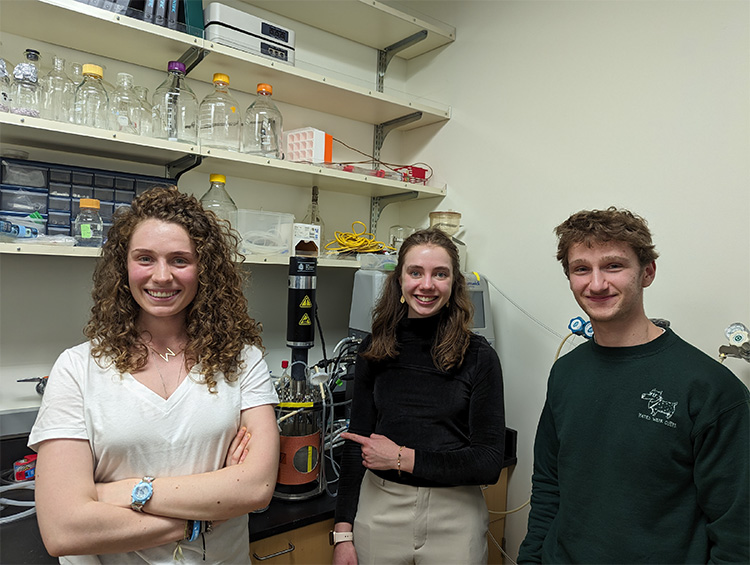
Mary Lidstrom, Professor Emeritus of chemical engineering and of microbiology, leads a multidisciplinary, multi-university research team dedicated to slowing global warming by removing methane from the air inexpensively and on a large scale. The researchers believe bacteria holds the key: some strains can consume methane, but they do so only when exposed to excessively high concentrations of it. Even then they aren’t able to do so quickly enough for the process to be effective.
But Lidstrom’s team recently identified a type of bacteria that eats methane at lower concentrations and at a much faster rate.
“Currently, most bacteria remove levels of methane well only when its concentration is 5,000 parts per million,” Lidstrom says. “The bacteria we’ve identified can remove methane at concentrations as low as 500 parts per million.”
Thanks to support from the Carbon Technology Research Foundation, the team is working to reduce that number further—ultimately, to two parts per million.
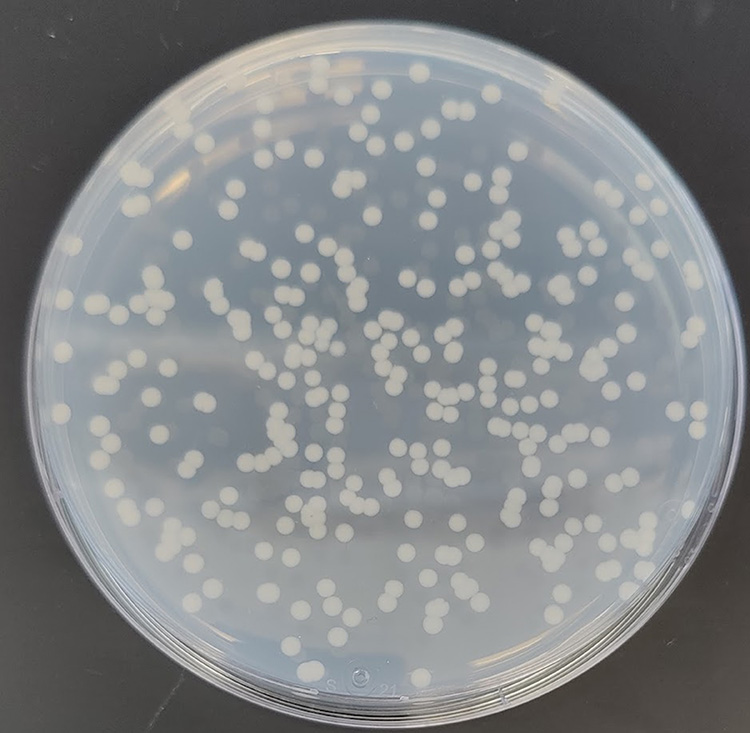
With National Science Foundation funding, the researchers are developing bioreactors to contain the methane-eating bacteria. When positioned near high-emission sites, these units would draw in air, which the bacteria would “clean” by consuming methane molecules. In addition, the bacteria convert methane into a sustainable protein, which makes for an excellent fish food.
The team is about three years away from piloting and has set a goal for commercialization by 2030.
“This technology won’t end global warming, but it will play a major role in slowing it,” Lidstrom says.
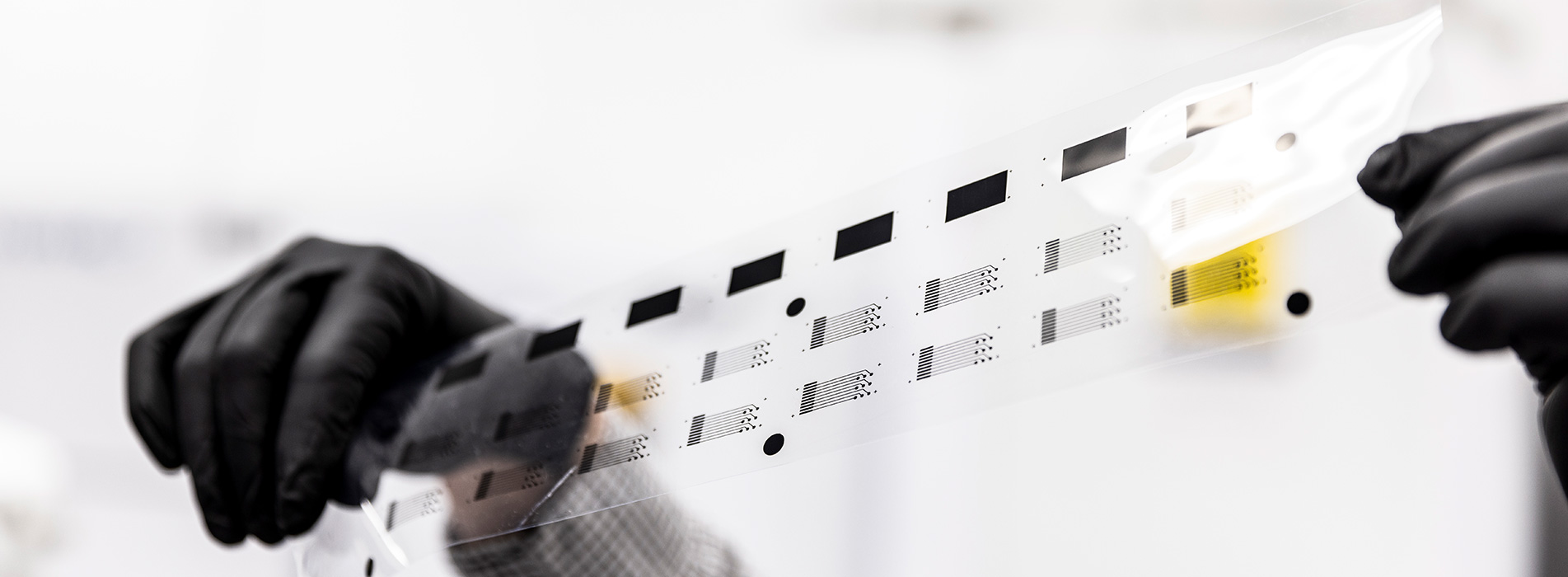
The Washington Clean Energy Testbeds houses additive manufacturing tools that use printing techniques to sustainably produce electronic devices, including battery parts and solar cells. Photo: Dennis Wise / University of Washington
Clean Energy Testbeds for a cleaner future
Inside the Washington Clean Energy Testbeds there are devices that replicate the power of the sun. A supercomputer can simulate a power grid. And a printing press can produce battery parts and solar panel arrays, thousands in a minute. It’s a kind of open-access Willy Wonka factory that transforms ideas and innovations into next generation, clean-energy commodities.
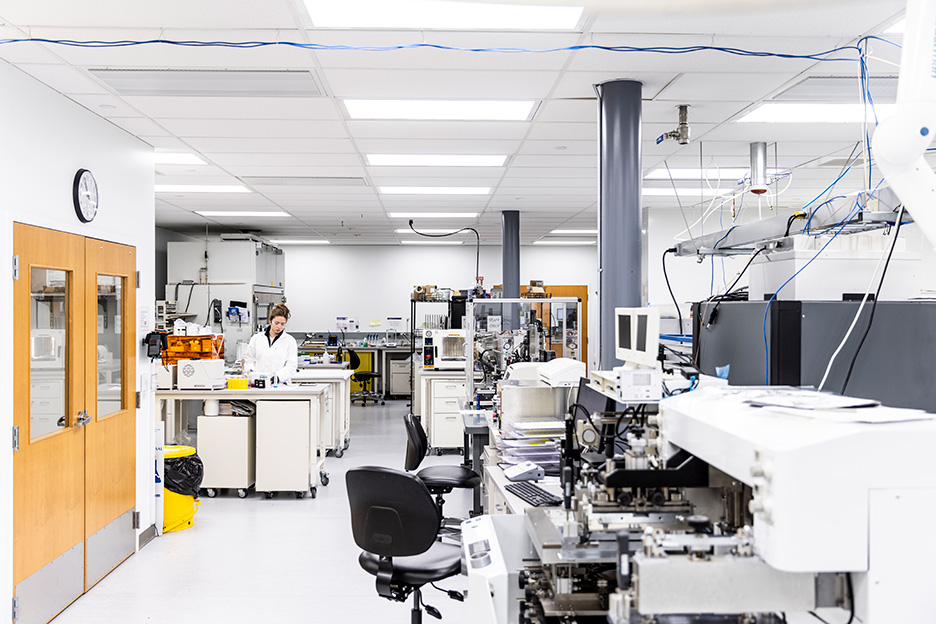
Housed inside a former manufacturing plant, the Testbeds give clients laboratory, computing and manufacturing capabilities, supported by UW experts. The high-tech lab, which is a part of the UW Clean Energy Institute (CEI), has become a portal for researchers and industry partners to collaborate on clean energy solutions through cutting-edge technology, state-of-the-art materials development and scalable production techniques.
“They can come through and can scale more quickly, and reach the marketplace and partners more quickly,” says Boeing-Sutter Professor of Chemical Engineering Daniel Schwartz, the CEI’s director.
About half of the Testbeds’ users are from companies which pay hourly rates that give their engineers access to the facilities and equipment. Other clients include giant corporations like Microsoft, county utility operations and small startups. Academic researchers round out the teams working side by side inside the Testbeds. And the successful relationship of academia working alongside enterprise also means opportunities for UW students, from undergraduate internships to placements for postdoctoral researchers at companies hungry for expertise.
Related story
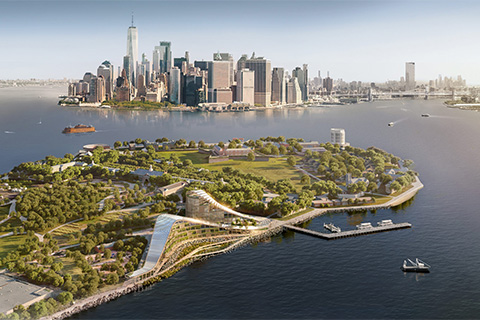
New York Climate Exchange
The UW is a core member of the recently announced New York Climate Exchange.
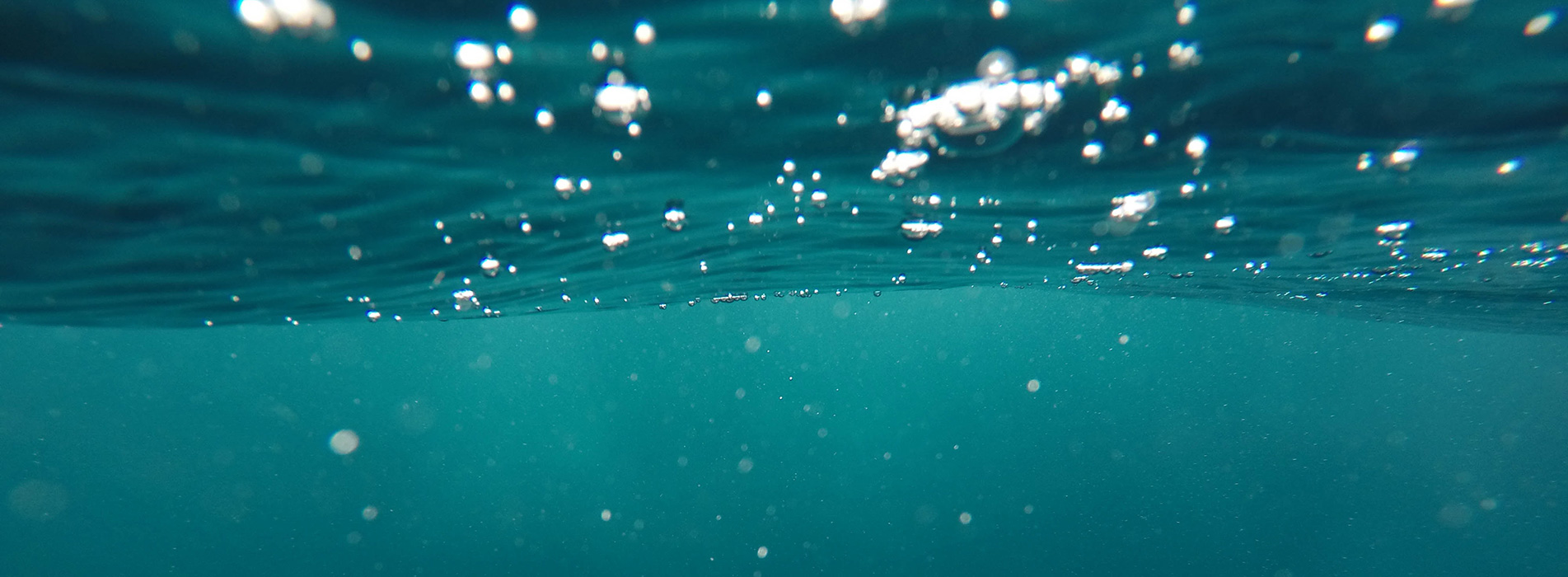
Image: Jeremy Bishop / Unsplash
Listening to the ocean to measure climate change’s impact
The ocean can be a noisy place. Wind across its surface, rain falling from above, passing ships, whales and earthquakes on the ocean floor all generate underwater sound waves that crisscross and travel for long distances.
This underwater cacophony has unexpected applications: Scientists and engineers can use information from ocean noise to map the deep ocean floor, gather data on currents and estimate water temperatures, helping to deepen an understanding of how underwater environments are impacted by climate change.

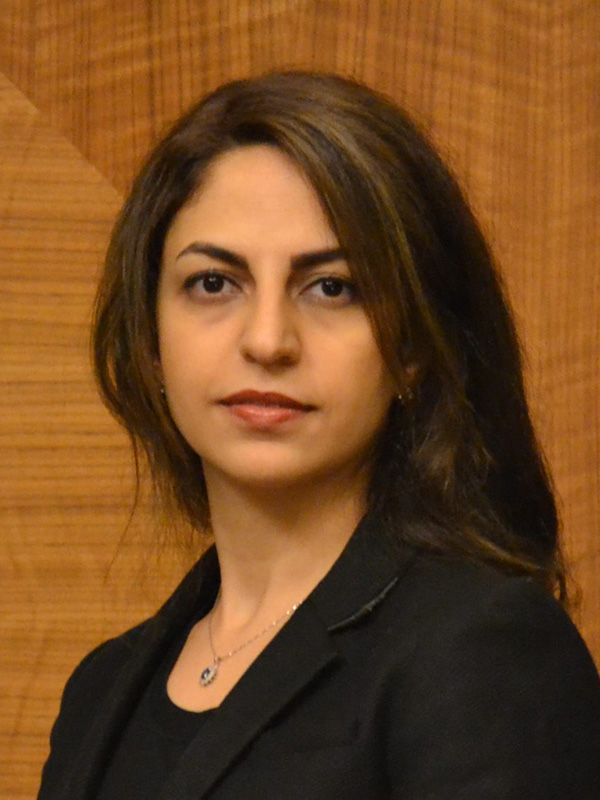
Electrical and computer engineering doctoral student John Ragland is doing just this. Working with his adviser Shima Abadi, a UW associate professor who directs the Ocean Data Lab, Ragland is exploring a method for gathering information underwater called “ambient noise interferometry.” Interferometry is a technique that uses the interference of superimposed waves to extract information. In the ocean, scientists record random, ambient noises with hydrophones and use interferometry to map the deep ocean floor. It’s akin to walking into an unknown area blindfolded and learning details about the size and shape of the space only through what can be heard, rather than by what can be seen.
Ragland’s research focuses on using ambient noise interferometry to characterize — with a high degree of mathematical accuracy — how acoustic waves propagate in the ocean. Reaching this level of precision in wave characterization will in turn allow scientists and engineers to estimate ocean temperatures more accurately.
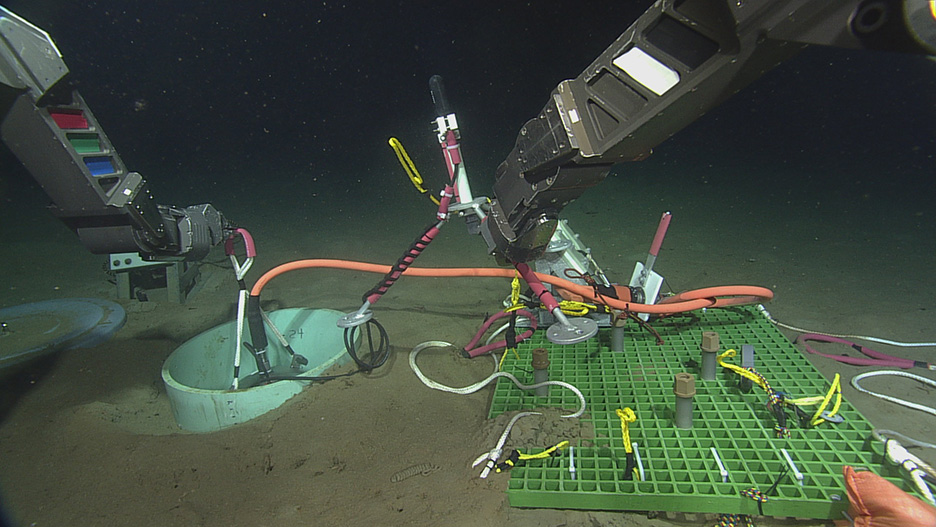
Engineering excellence for the public good
The College of Engineering is committed to engineering for the public good. Learn more about how we are creating a healthier and more just world through our work.
